If the Universe is expanding, then why aren’t we?
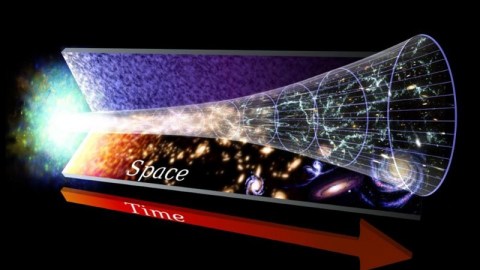
The atoms, planets, stars, and even galaxies aren’t expanding, even though space is. How come?
This article was written by Sabine Hossenfelder. Sabine is a theoretical physicist specialized in quantum gravity and high energy physics. She also freelance writes about science.
“In an expanding universe, time is on the side of the outcast. Those who once inhabited the suburbs of human contempt find that without changing their address they eventually live in the metropolis.” –Quentin Crisp
It’s tough to wrap your head around four dimensions. Scientists have known that the universe expands since the 1930s, but whether we expand along with it is still one of the questions I am asked most frequently. The less self-conscious simply inform me that the universe doesn’t expand but everything in it shrinks — because how could we tell the difference?
The best answer to these questions is, as usual, a lot of math. But it’s hard to find a decent answer online that is not a pile of equations, so here’s a conceptual take on it.
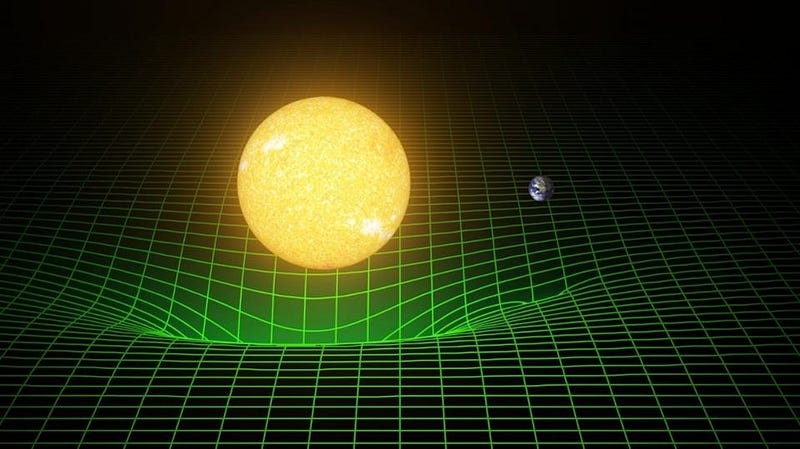
The first clue you need to understand the expansion of the universe is that general relativity is a theory for space-time, not for space. As Herman Minkowski put it in 1908:
“Henceforth space by itself, and time by itself, are doomed to fade away into mere shadows, and only a kind of union of the two will preserve an independent reality.”
Speaking about the expansion of space, hence, requires us to undo this union.
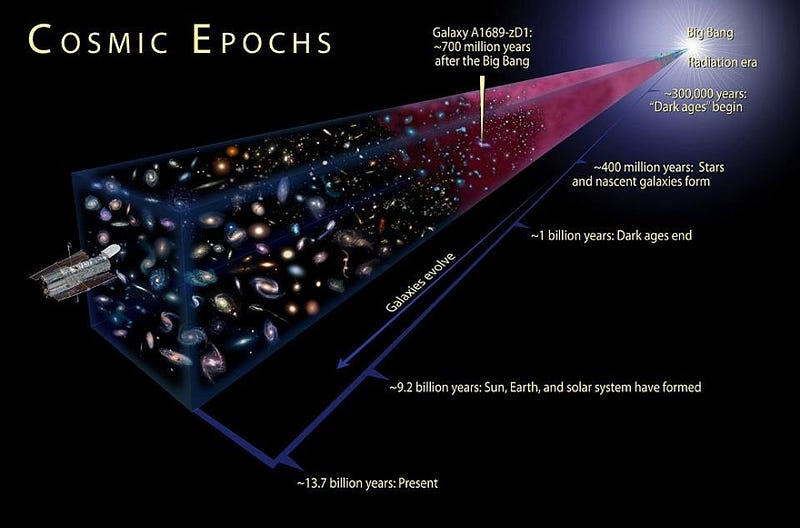
The second clue is that in science a question must be answerable by measurement, at least in principle. We cannot observe space and neither can we observe space-time. We merely observe how space-time affects matter and radiation, which we can measure in our detectors.
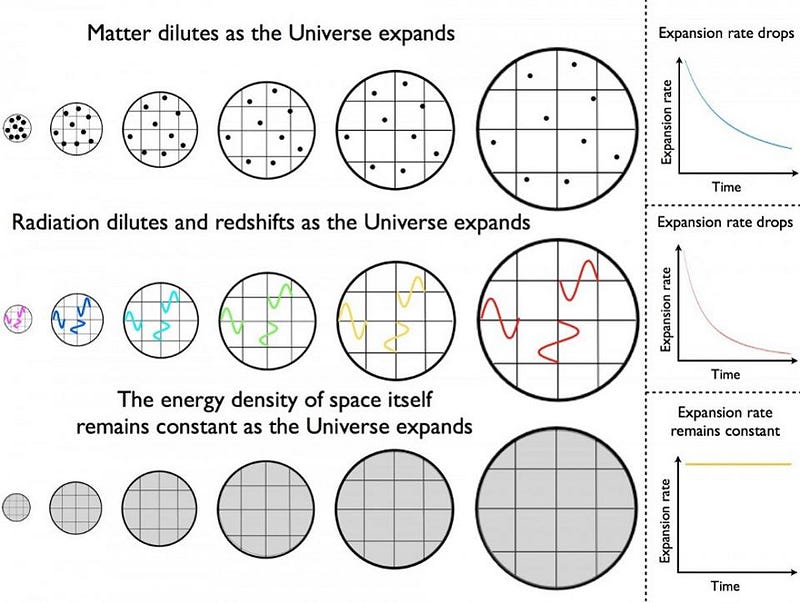
The third clue is that the word “relativity” in “general relativity” means that every observer can chose to describe space-time whatever way he or she wishes. While each observer’s calculation will then differ, they will come to the same conclusion.
Armed with these three knowledge bites, let us see what we can say about the universe’s expansion.
Cosmologists describe the universe with a model known as Friedmann-Robertson-Walker (named after its inventors). The underlying assumption is that space (yes, space) is filled with matter and radiation that has the same density everywhere and in every direction. It is, as the terminology has it, homogeneous and isotropic. This assumption is called the “Cosmological Principle.”
While the Cosmological Principle originally was merely a plausible ad-hoc assumption, it is meanwhile supported by evidence. On large scales — much larger than the typical intergalactic distances — matter is indeed distributed almost the same everywhere.
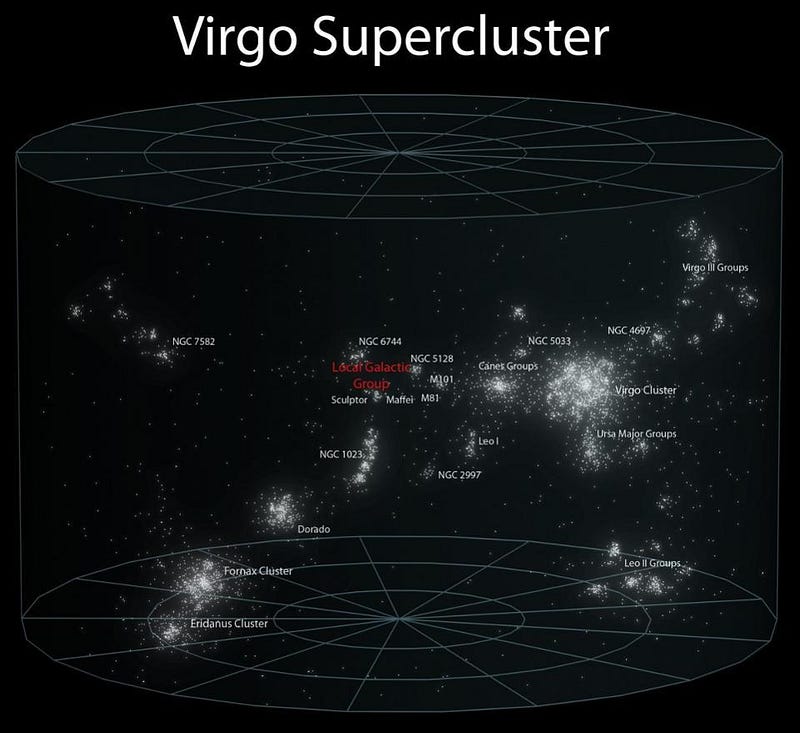
But clearly, that’s not the case on shorter distances, like inside our galaxy. The Milky Way is disk-shaped with most of the (visible) mass in the center bulge, and this matter isn’t distributed homogeneously at all. The cosmological Friedmann-Robertson-Walker model, therefore, just does not describe galaxies.
This is a key point, and missing it is the origin of much confusion about the expansion of the universe. The solution of general relativity that describes the expanding universe solves Einstein’s equations on average; it is good only on very large distances. But the solutions that describe galaxies are different — and just don’t expand. It’s not that galaxies expand unnoticeably, they don’t expand at all. The full solution, then, is both the cosmic and the local solutions stitched together: expanding space between non-expanding galaxies. (Though these solutions are usually only dealt with by computer simulations due to their mathematical complexity.)
You might then ask, at what distance does the expansion start to take over? That happens when you average over a volume so large that the density of matter inside the volume has a gravitational self-attraction weaker than the expansion’s pull. From atomic nuclei up, the larger the volume you average over, the smaller the average density. But it is only somewhere beyond the scales of galaxy clusters that expansion takes over. On very short distances, when the nuclear and electromagnetic forces aren’t neutralized, these also act against the pull of gravity. This safely prevents atoms and molecules from being torn apart by the universe’s expansion.
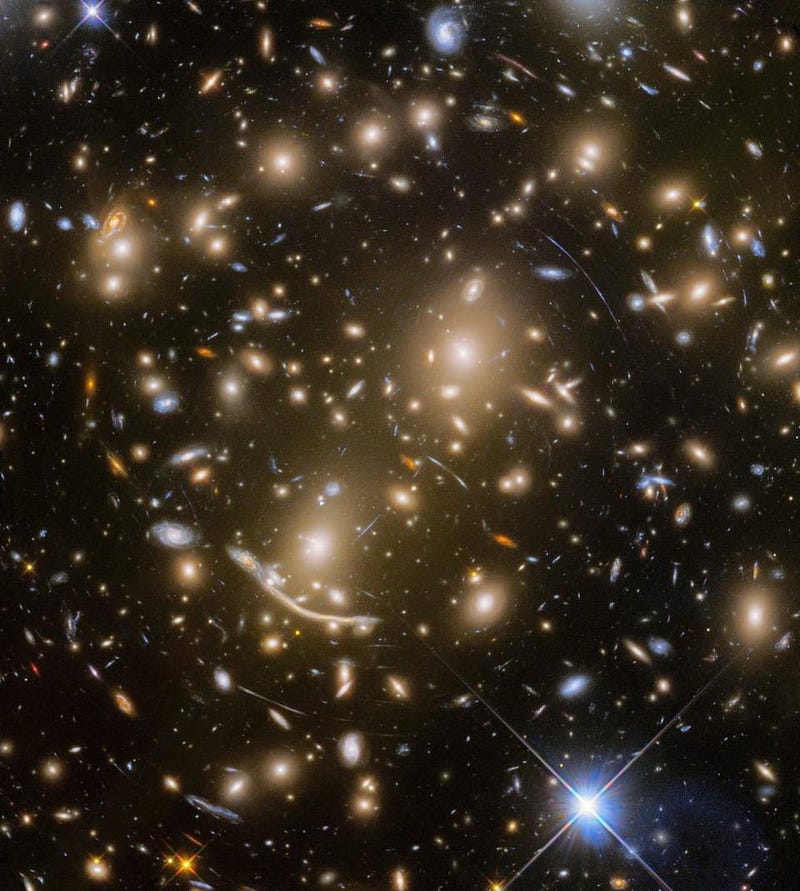
But here’s the thing. All I just told you relies on a certain, “natural” way to divide up space in space-and time. It’s the cosmic microwave background (CMB) that helps us do it. There is only one way to split space and time so that the CMB looks, on average, the same in all directions. After that, you can still pick your time-labels, but the split is done.
Breaking up Minkowski’s union between space and time in this way is called a space-time “slicing.” Indeed, it’s much like slicing bread, where each slice is space at some moment of time. There are many ways to slice bread and there are also many ways to slice space-time. Which, as clue number 3 taught you, are all perfectly allowed.
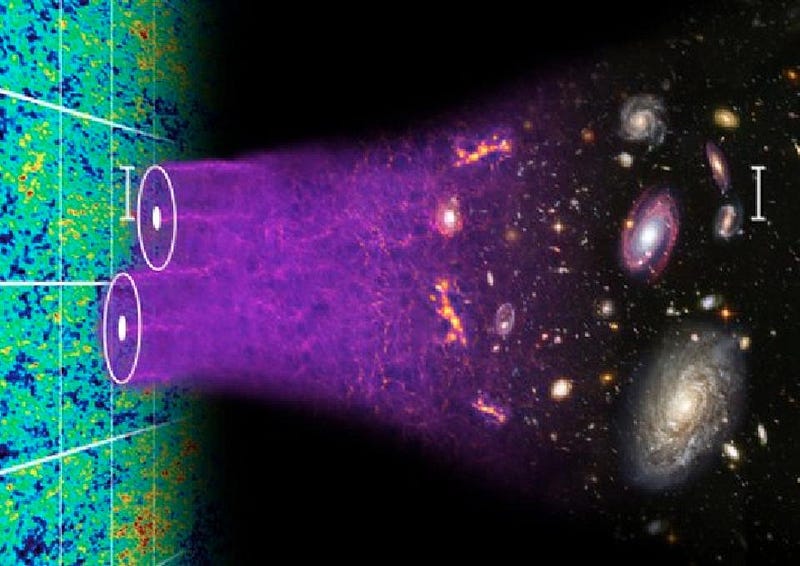
The reason that physicists chose one slicing over another is usually that calculations can be greatly simplified with a smart choice of slicing. But if you really insist, there are ways to slice the universe so that space does not expand. However, these slicing are awkward: they are hard to interpret and make calculations very difficult. In such a slicing, for example, going forward in time necessarily pushes you around in space — it’s anything but intuitive.
Indeed, you can do this also with space-time around planet Earth. You could slice space-time so that space around us remains flat. Again though, this slicing is awkward and physically meaningless.
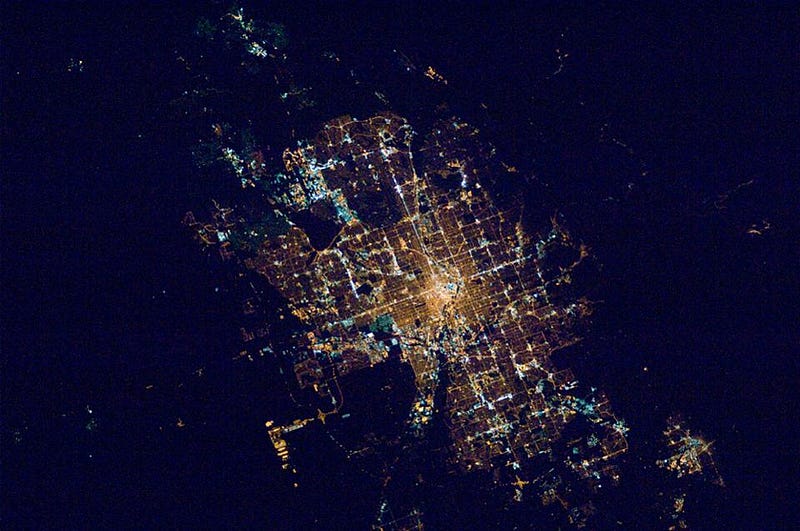
This brings us to the relevance of clue #2. We really shouldn’t be talking about space to begin with. Just as you could insist on defining space so that the universe doesn’t expand, by willpower you could also define space so that a city, like Brooklyn, does expand. Let’s say a block down is a mile. You could simply insist on using units of length in which tomorrow a block down is two miles, and next week it’s ten miles, and so on. That’s pretty idiotic — and yet nobody could stop you from doing this.
But now, consider that you make a measurement. Say, you bounce a laser-beam back between the ends of the block, at fixed altitude, and use atomic clocks to measure the time that passes between two bounces. You would find that the time-intervals are always the same.
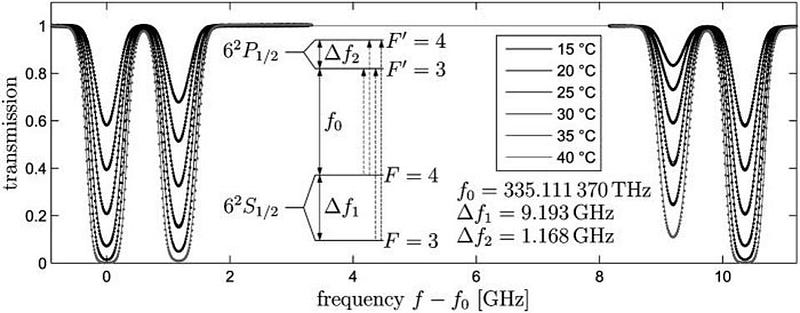
Atomic clocks rely on the constancy of atomic transition frequencies. The gravitational force inside an atom is entirely negligible relative to the gravitational force — it’s about 40 orders of magnitude smaller — and fixing the altitude prevents gravitational redshift caused by the Earth’s gravitational pull. It doesn’t matter which coordinates you used, you’d always find the same and unambiguous measurement result: the elapsed time between bounces of the laser remains the same.
In cosmology, too, it helps to first clarify what it is we measure. We don’t measure the size of space between galaxies — how would we do that? We measure the light that comes from distant galaxies. And it turns out to be systematically red-shifted regardless of where we look. A simple way to describe this — a space-time slicing that makes calculations and interpretations easy — is that space between the galaxies expands.
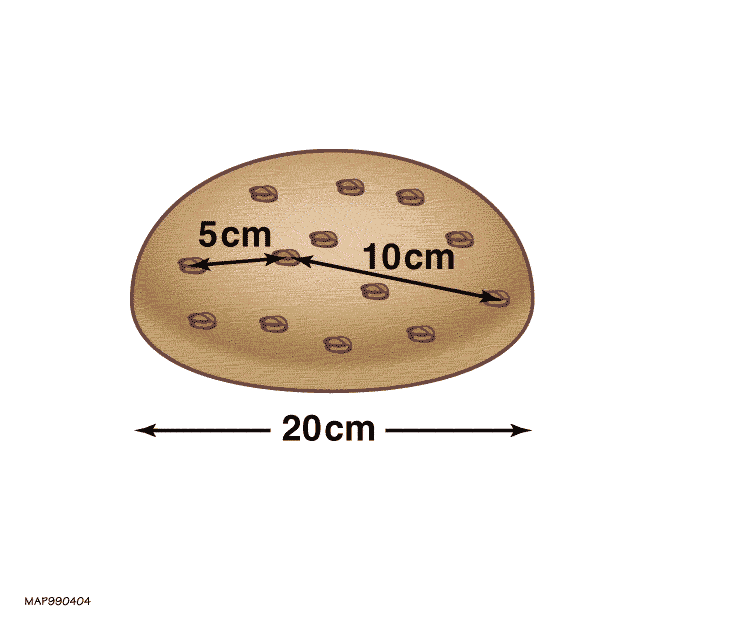
So, the brief answer is: no, any bound object in the Universe doesn’t expand. But the more accurate answer is that you should ask only for the outcome of clearly stated measurement procedures. Light from distant galaxies is shifted towards the red, meaning those galaxies are retreating from us. Light collected from the edges of a city like Brooklyn isn’t redshifted. If we use a space-time slicing in which matter is at rest on the average, then the matter density of the universe is decreasing and was much higher in the past. To the extent that the density of Brooklyn has changed in the past, this can be explained without invoking general relativity.
It may be tough to wrap your head around four dimensions, but it’s always worth the effort.
Ethan Siegel is the author of Beyond the Galaxy and Treknology. You can pre-order his third book, currently in development: the Encyclopaedia Cosmologica.





